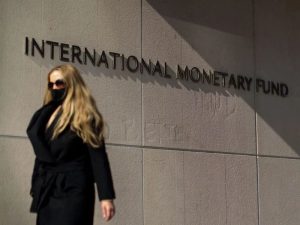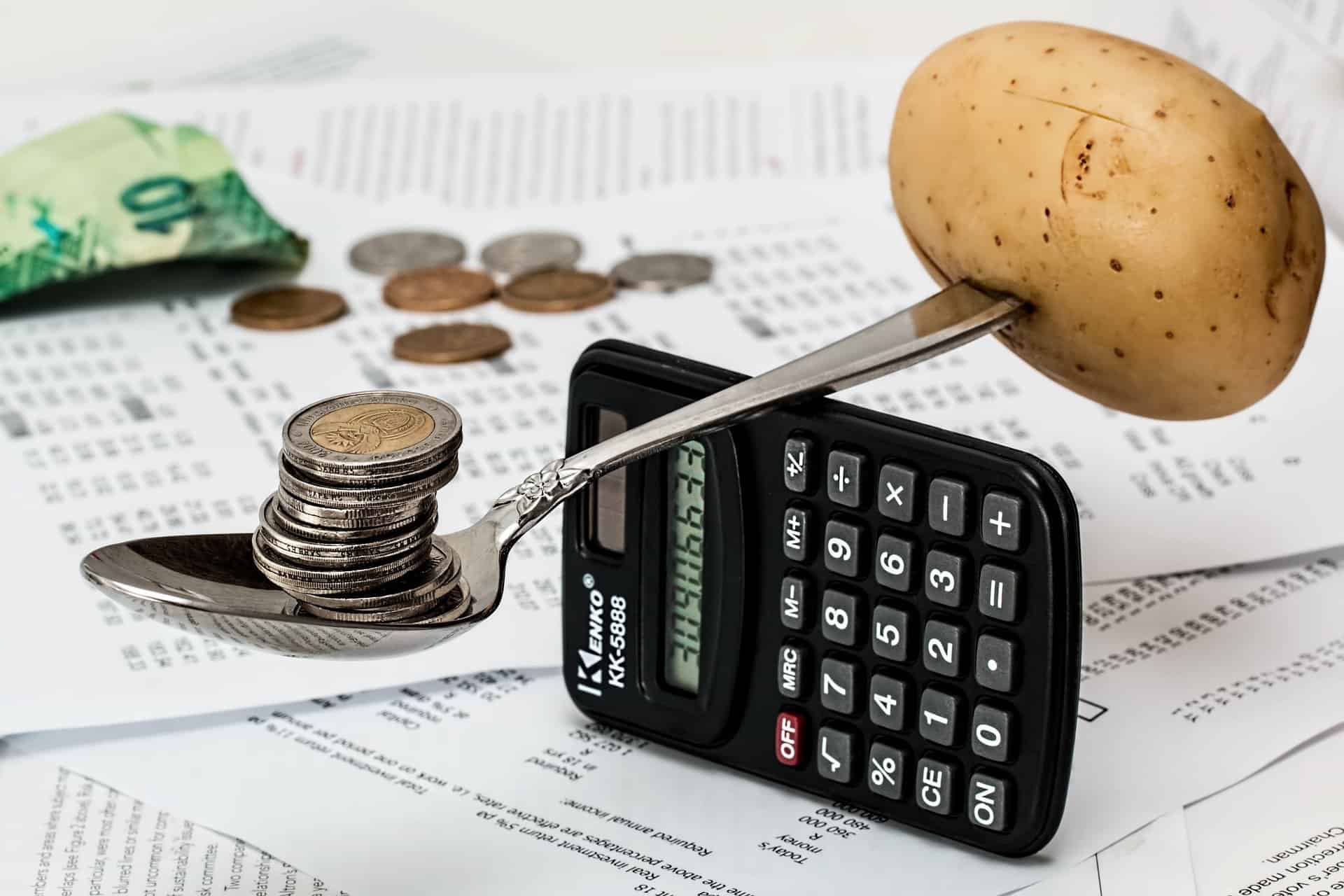The ramifications of the prolonged Covid-19 pandemic have begun to show on the GCC economies, indicating that the new year would not bring the anticipated breakthrough for the Gulf markets.
The global energy market’s collapse and the subsequent fluctuation in oil prices are exerting significant pressure on these countries.
Market indications in the region point to difficulties in the form of a considerable rise in inflation rates, which may place new constraints on Gulf growth plans at a time when the governments of Saudi Arabia and the UAE are pursuing initiatives for social and economic reform.
So, what are the causes of this inflation, and what are the recent inflation rates in the GCC?
Inflation rates in GCC countries

The main reason for high inflation rates in the GCC is a rebound in prices in the sectors that were hit the hardest during the Covid-19 crisis, Oxford Economics Middle East’s Chief Economist Scott Livermore told TRENDS.
“We are seeing stronger inflation in sectors such as transport and recreation and leisure activities. We have also seen a pick-up in food prices that will feed through into inflation too,” he explained.
According to a recent analysis by Japan’s largest bank, the inflation rate in Kuwait grew dramatically and constantly for more than two years to become the highest among Gulf countries, after being the lowest at the end of 2018.
The research provided by the lender called MUFG Bank, in a comparison of the evolution of inflation rates in the Gulf countries, the rate of inflation in Kuwait reached slightly more than 3 percent on an annual basis, outpacing the inflation rates in the Gulf countries.

The International Monetary Fund (IMF) attributed the rise in Kuwait’s inflation rate in 2021 to major increases in food prices along with increases in the expenses of travel-related services.
The fund has forecast that inflation would reach 3.2 percent and remain at that level for some time.
Data from Kuwait’s Central Administration of Civil Affairs revealed that inflation rates increased by 4.1 percent year on year in September 2021.
The report’s estimations revealed that Kuwait was the costliest country in the Gulf to live in in 2021, with an annual inflation rate of around 4.1 percent.
On the other hand, despite the increase in value-added tax, inflation in Saudi Arabia has been less affected in the last two years, with the rate not exceeding 3.2 percent.
This was followed by Qatar, where the inflation rate was about 2.5 percent, then Oman (3 percent), the UAE (1.3 percent), and finally Bahrain (1 percent).
Why is the GCC’s inflation so high?
According to Ralf Wiegert, head of IHS Markit’s Middle East and Northern Africa Division, price inflation in the GCC countries is currently accelerating after a year of exceptionally low rates of inflation or even deflation (as in the UAE and Saudi Arabia).

“A rebound effect driven by fuel costs accounts for a portion of the increased inflation rate. However, we believe that the fuel price increase has basically reached its peak and that it will not rise much more in 2022,” he told TRENDS.
He went on to note that another factor is high food prices, which could last longer than the fuel-price cycle but should still be more or less under control.
On the other hand, inflation rates in the GCC, according to Trevor Cullinan, Lead Analyst of Sovereign Ratings at S&P, are expected to be largely contained through 2022.
Speaking to TRENDS, Cullinan added that a key element driving up inflation was the rise in oil prices, which was reflected in greater transportation expenses, in addition to the rise of food prices.
He added: “Only in Qatar does annual inflation exceed 5 percent, owing to a high increase in the cost of recreation and culture, which could be linked to Qatar’s hosting of the World Cup this year.”








